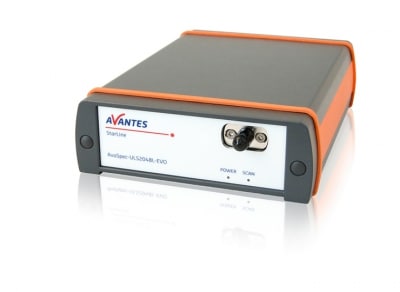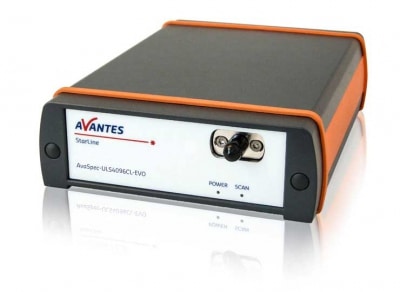Plasma is the result of the breakdown of the atomic shell of a molecule under continual application of energy beyond the gaseous state which forms a cloud of ionized, or charged, particles. Each element of the periodic scale has a unique spectral signature, using optical emission spectroscopy (OES) to monitor the plasma and identify the component atomic elements of the plasma being sampled. Using this measurement technique would also identify additions or changes to the composition of the plasma.
Plasma measurements produce a large number of spectral peaks, to separate those peaks, Avantes’ modular design and multi-channel capability provide an excellent alternative to higher-priced traditional optical emission spectroscopy systems. With a multichannel array, each instrument is configured to cover a short wavelength range with an incredibly high resolution. The instruments are connected via fiber optics which converge into a single terminal at the collection point.
Consider one of Avantes’ two preconfigured instrument bundles designed especially for plasma and optical emission spectroscopy measurements, available in four channels or the ultra-high resolution eight channel plasma setup for desktop or rack mount installation. Or work with your qualified Avantes sales engineers to design the perfect system to meet your needs.
Plasma Spectroscopy Applications
Optical Emission Spectroscopy (OES) is useful for controlling plasma processes such as one might find in the manufacturing of semiconductors and photovoltaic cells using physical vapor deposition or plasma enhanced vapor deposition to deposit thin films on silicon wafers. Optical emission spectroscopy is also frequently used for endpoint detection during the etching of photoresist, a light reactive substance, or to monitor for contamination in Lithography systems, both methods used to form a patterned coating on a surface such as for printed circuit boards. In the Biochemical industry, optical emission spectroscopy is used to monitor plasma deposition of films designed to improve biocompatibility for implants.
 My Cart
My Cart 


